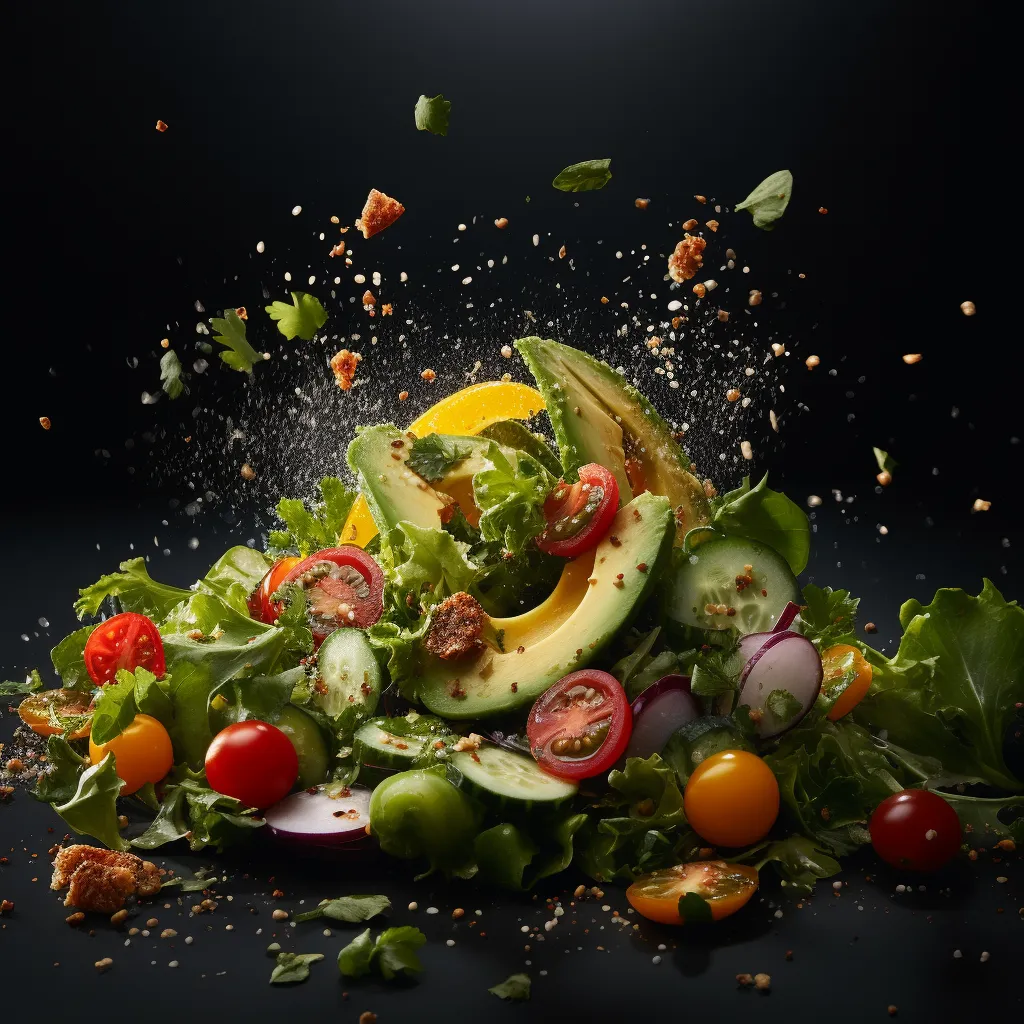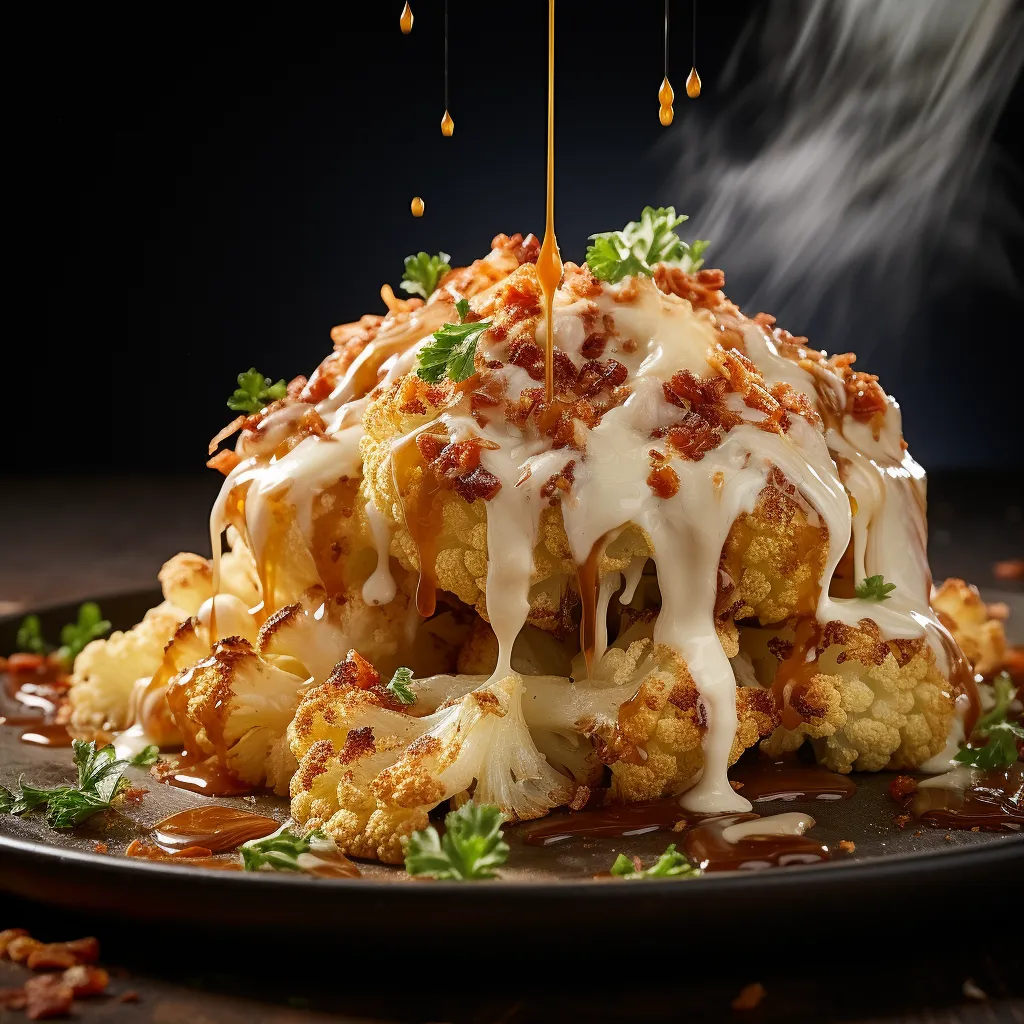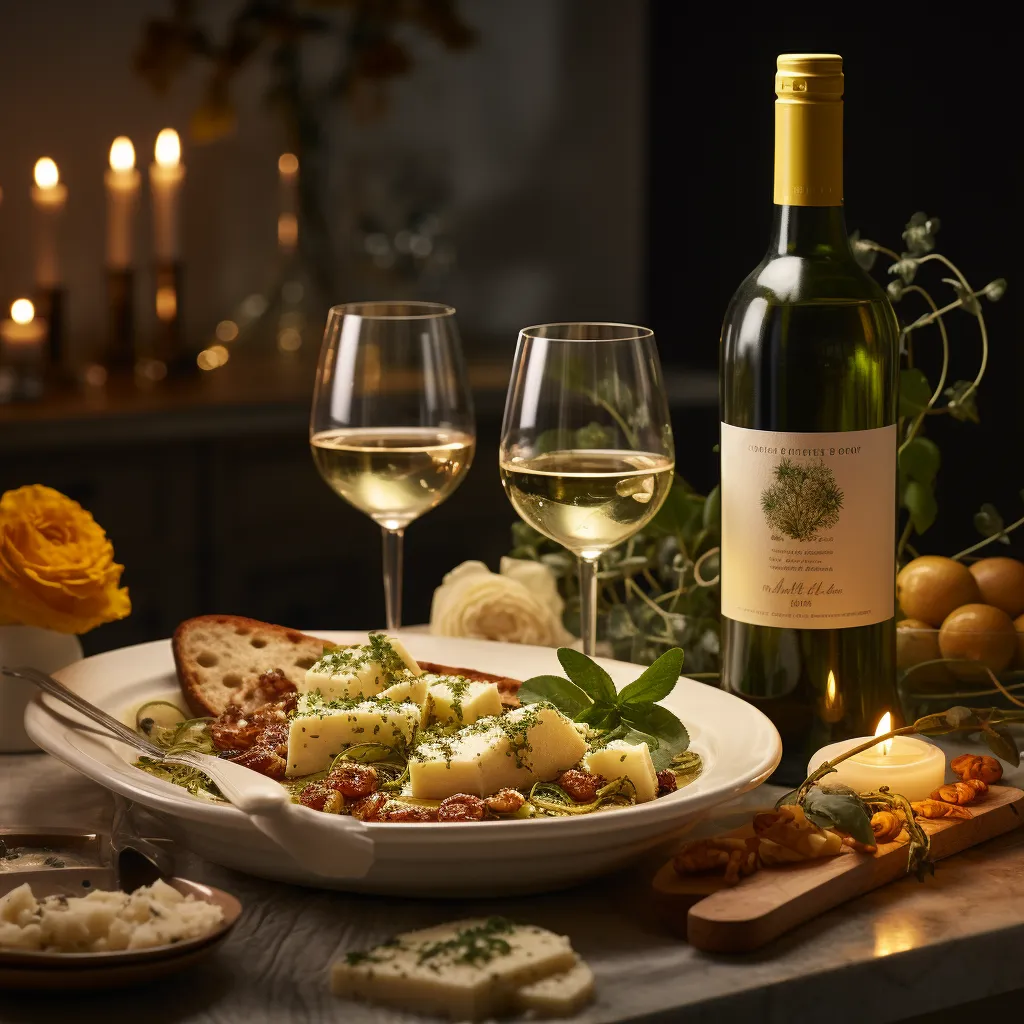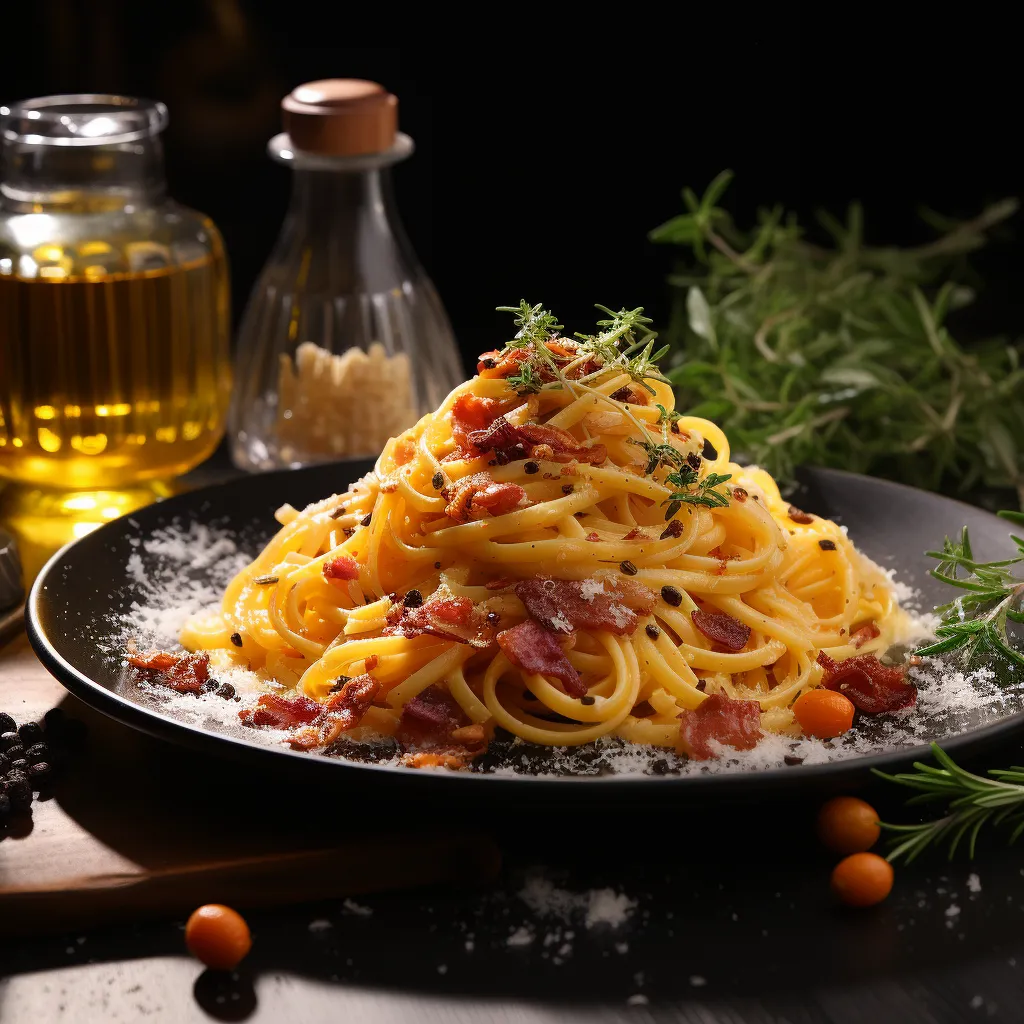🧑🍳RecipesJapanese Recipes for a Traditional Japanese Tea House Ceremony
Discover the traditional Japanese tea house ceremony and learn how to prepare authentic Japanese recipes to accompany your tea. ChefGPT's AI-powered recipe creation capabilities can help you cook these recipes with ease.

The Japanese tea house ceremony, also known as Chanoyu, is a traditional Japanese ritual that involves the preparation and serving of matcha tea. This ceremony is steeped in history and tradition, and it is a beautiful way to experience Japanese culture. In addition to the tea, the ceremony also involves the serving of traditional Japanese sweets and small dishes. In this blog post, we will explore some of the most popular Japanese recipes that are served during a traditional Japanese tea house ceremony.
- Matcha Tea
The star of the show during a Japanese tea house ceremony is the matcha tea. Matcha is a finely ground powder made from green tea leaves. The tea is prepared by whisking the matcha powder with hot water until it becomes frothy. The tea is then served in small bowls and enjoyed with traditional Japanese sweets.
- Wagashi
Wagashi are traditional Japanese sweets that are served during the tea ceremony. These sweets are made from ingredients such as sweet bean paste, rice flour, and sugar. They are often shaped into beautiful and intricate designs that reflect the season or occasion.
- Mochi
Mochi is a type of Japanese rice cake that is made from glutinous rice. The rice is pounded into a sticky paste and then shaped into small cakes. Mochi can be served plain or filled with sweet bean paste or other fillings.
- Soba Noodles
Soba noodles are a type of Japanese noodle that is made from buckwheat flour. These noodles are often served cold with a dipping sauce made from soy sauce, mirin, and dashi. Soba noodles are a refreshing and light dish that pairs well with the rich and intense flavors of matcha tea.
- Onigiri
Onigiri are small rice balls that are often filled with savory ingredients such as pickled plum, salmon, or tuna. These rice balls are a popular snack in Japan and are often served during the tea ceremony as a savory accompaniment to the sweet wagashi.
ChefGPT's AI-powered recipe creation capabilities can help you cook these traditional Japanese recipes with ease. With ChefGPT, you can input your desired ingredients and receive personalized recipe suggestions that are tailored to your tastes and preferences. Whether you are a seasoned cook or a beginner, ChefGPT can help you create authentic Japanese dishes that will transport you to the heart of Japan.
In conclusion, the Japanese tea house ceremony is a beautiful and meaningful way to experience Japanese culture. By incorporating these traditional Japanese recipes into your tea ceremony, you can create a truly authentic and memorable experience. And with ChefGPT's AI-powered recipe creation capabilities, you can easily recreate these dishes in your own home.





